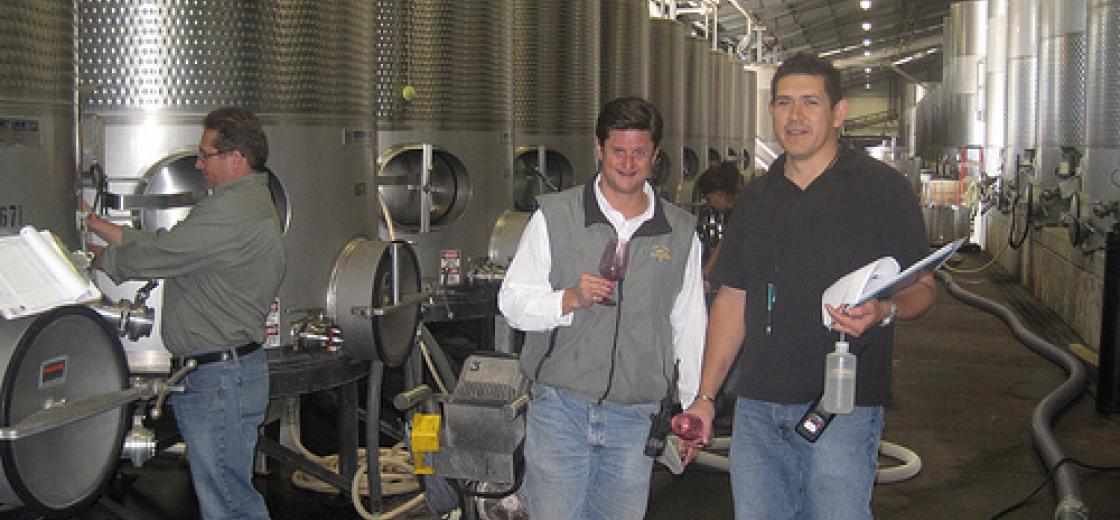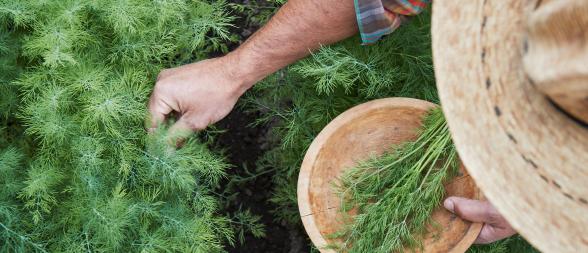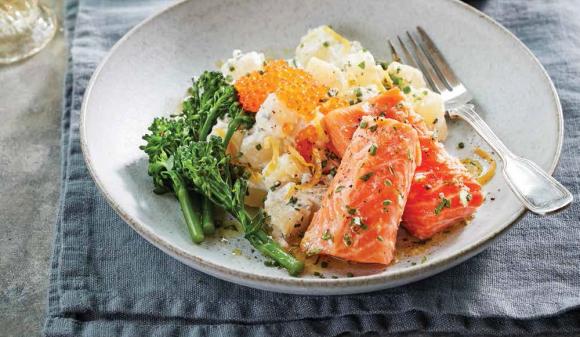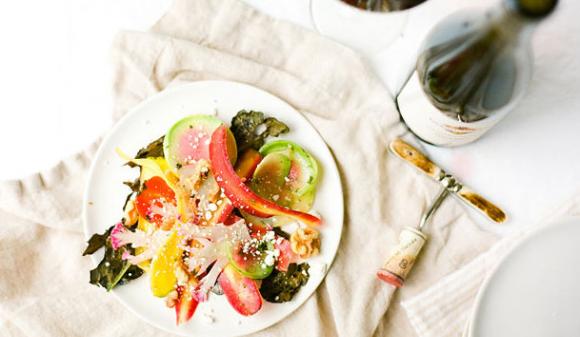
A Primer On Malolactic Fermentation
Last week we talked about how busy we are in the winery, despite crush being past us. I also mentioned that the wines are going through malolactic fermentation (ML). I thought it would be worthwhile to give an overview of what that term actually means.
Wine is perhaps the most blessed of any commercially produced product. Due to the very nature of wine, it is not susceptible to infection from any organism that could be harmful to people. Unlike milk or even fresh fruit juice, once fermented, no pathogen can survive in wine to make someone sick. This is because of two main characteristics of wine: high alcohol content and low pH level (an indicator of the acidity in a solution – like wine). As a result of these two factors, only a very small number of organisms can possibly survive in the wine environment.
One of the most successful of these organisms is the yeast, Saccharomyces, which is responsible for converting sugar to alcohol in the primary fermentation. Another organism that is found around grapes and wine is the Lactic Acid Bacteria Oenococcus Oeni. This special type of bacteria provides two valuable services to the winemaker: first by bestowing greater stability on the finished wine, and second by softening it and making it more approachable.
When I say the wine becomes more stable, I mean that it is no longer subject to this process taking place. As I mentioned, ML bacteria are ubiquitous in the winery. If the conversion does not take place at this time, it could very easily take place later in the bottle. This would turn our valuable product into a fizzy, hazy one that would be off-putting to the consumer. Once all the malic acid is converted, we no longer run the risk of this happening. The second effect, one of softening, happens as the bacteria convert Malic acid, a tart, green apple-like acid common to most fruit, into Lactic acid, a softer, mellower tasting acid.
We desire this effect in most wines that we produce. One notable exception to this is Sauvignon Blanc. Where the wine style dictates a crisp, somewhat tart, fresh and lively product, ML is avoided by the use of sulfites and ultimately filtration prior to bottling. Most wine styles encourage the conversion for the softening effect I already mentioned; but there can be other flavor or aroma contributions as well.
For example, one byproduct of the malo-lactic conversion is a compound that smells just like butter. Some strains produce more of this compound than others. The winemaker can choose his strain to avoid it, or choose one that produces it in abundance. This would be the choice made in order to create the more buttery style of Chardonnay.
In the past several wineries have discovered a beneficial ML bacteria strain whose flavor and aroma contributions are just right, and they have isolated it to keep it for future use. One such strain was isolated at the Matanzas Creek Winery. This strain is still used by some wineries today.
Next week we’ll talk more on the actual nuts and bolts. Feel free to post any questions you might have in the comments section of this blog, and I’ll do my best to answer them. Happy holidays! I hope your celebrations are joyous and with them you enjoy a great bottle of wine!





